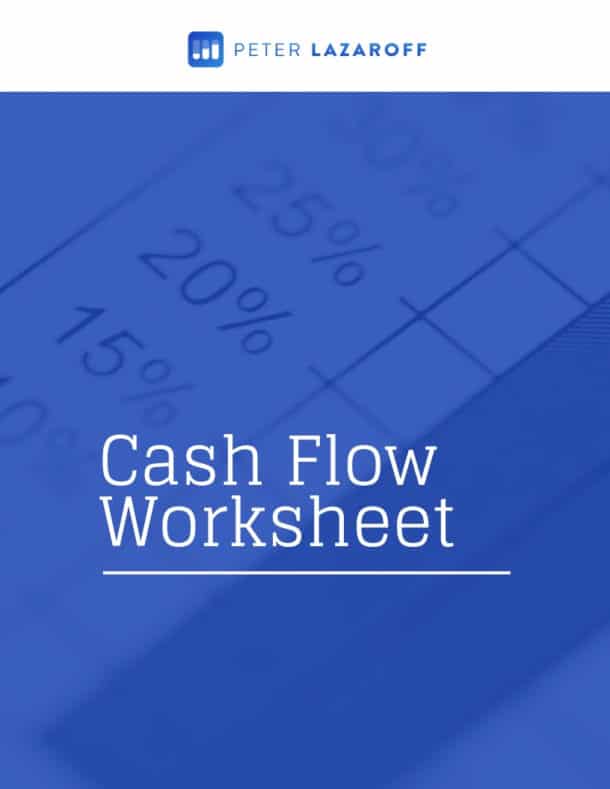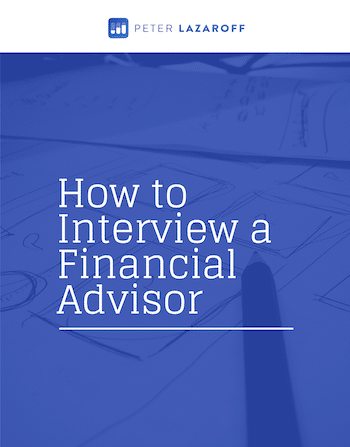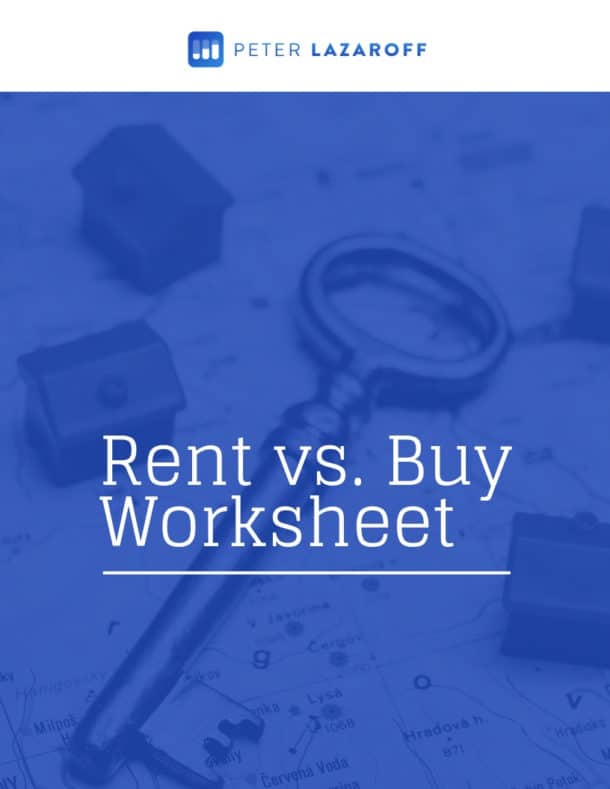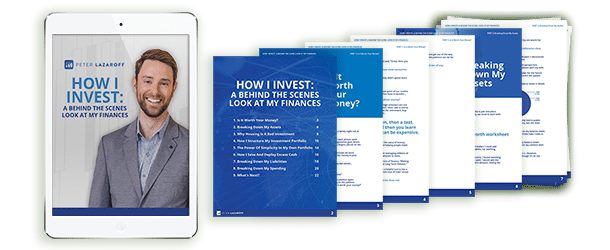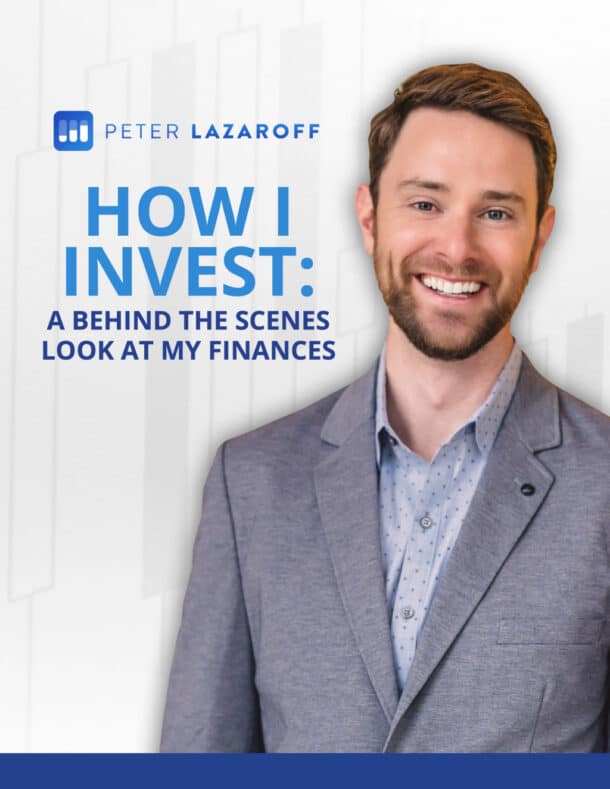This week, financial history expert Jamie Catherwood of Investor Amnesia joins the show to share the history of innovation in investment vehicles from 1774 to 2023.
Listen now and learn:
- The importance of understanding financial history
- Lessons from bubbles of the past
- How investment vehicles have evolved over time
Watch Now
Listen Now
Show Notes
This week I’m joined by Jamie Catherwood, a Vice President and Client Portfolio Associate at O’Shaughnessy Asset Management and the author of the financial history blog Investor Amnesia, a one-stop shop for all things financial history.
Jamie also puts out a weekly newsletter filled with financial history literature, stories of human psychology, and bubbles of the past. The reason I’m such a fan of Jamie’s work is that he provides key insights and lessons from our past to help investors avoid repeating the same mistakes.
Given the breadth and depth of his knowledge, this conversation could have gone in a number of different directions, but I invited Jamie on the show to specifically talk about the importance of understanding financial history and take a deep dive into the history of investment vehicles from 1774 to the present.
Here are my notes from our conversation…
How Jamie Started Writing About Financial History (2:13)
With historians on both sides of his family, Jamie has had a passion for history since he was a kid. He studied history at King’s College in London, but he didn’t want to go into academia.
People tend to think of history as the same level as high school or maybe even elementary school where it feels like a lot of memorizing names and dates. But Jamie notes that there’s much more than that.
History is about using primary or secondary sources to pull out what you think is important, then synthesizing that down into a new format and using that information to come up with your own point of view (and often to convince others of that point of view).
Obviously, those skills are useful in every industry. Jamie’s work at O’Shaughnessy Asset Management is much of the same process, just with different inputs. Rather than reading about the creation of Palestine as a state in the early 1900s under British rule, it’s taking information like factor scores and putting it into an article that helps communicate the firm’s views.
After college, he planned a five-article series on the history of finance. To his surprise, there was a lot of interest in it. So he began regularly publishing on the topic. Today he publishes on his website Investor Amnesia (named because we never learn from the past) where he also has a newsletter and two great online courses.
The Importance of Understanding to Successful Investing (6:42)
The tagline for Jamie’s website is: “We’ve been here before.”
An understanding of history helps put current events into context.
Particularly amid crazes.
When you read about all the manias and bubbles throughout history, they’re almost always related to some hot new thing that’s supposed to change the world. So familiarizing yourself with history helps you stay grounded in your expectations and get less carried away with the general excitement in the media.
Take NFTs (non-fungible tokens) as an example. Jamie acknowledges that there might be a real use case for NFTs. However, there are also bizarre examples like when someone bought a JPEG of a rock for $1.3 million.
It’s easy to think of a handful of similar examples from history that ended poorly.
History also helps with setting expectations.
It’s common to hear that fear and greed fuel many investor actions throughout a normal cycle.
Fear seems to most negatively impact investors during market downturns, so I routinely speak with clients about the historical magnitude and frequency of market losses to set help expectations and (hopefully) reduce fear levels during the inevitable bad times.
But I admit in our conversation that I don’t spend as much time talking about the historical periods where greed is strongest.
In my experience, those stories sound so ridiculous with the benefit of hindsight and usually elicit a response such as “well sure, that was obviously nuts.” But in the moment, every time it seems like “the world is going to change,” it stirs emotions and people don’t want to miss out.
Jamie also notes that when we look back at people in history that got caught up in manias or crazes or bubbles, we often feel superior to them. Like we’re smarter and would never make the same mistake. Aside from having a lot more data than we did as a species centuries or even decades ago, our brains aren’t that different than they were 70,000 years ago.
So it’s important to have an appreciation that it’s not a given you would be so smart to recognize that something is a bubble rather than a world-changing innovation.
I think what a lot of people miss is that something can change the world and be a poor investment. Growth and returns aren’t perfectly related. The price you pay matters.
Thinking like a historian requires you to think for yourself.
Jamie references an idea from Jim Chanos in his course at Yale on the history of financial market fraud: a valuable skill in history is going to the source material. This helps you become better at determining your own views on a topic or situation from the actual source material.
With history at the academic level, that means writing papers based on reviewing the original archival work. With investing, it is similar to reading a company’s 10-K and developing your own opinions instead of only reading everyone else’s opinions about a company’s 10-K.
Finally, history gives you an appreciation for where we are today and how good we have it.
And a little bit of what prompted me to have Jamie was his detailed telling on the history of investment vehicles and how far we’ve come.
History of investment vehicles (14:30)
Because I don’t want to short-change his telling of financial innovation over time by summarizing it in the show notes, I strongly encourage you to read Jamie’s work directly, including:
- The Road to Custom Indexing: Investment Vehicles
- History, Platforms & Mass Customization
- Technology & The Financial Printing Press
- Falling Chandeliers & The Evolution of Risk Management
Jamie begins with the story of a Dutch broker named Abraham van Ketwich launching the world’s first mutual fund in 1774 and walks through the centuries of financial innovations up to the present.
One common theme that stands out is all financial innovations (until more recently) relied on structures that bundled individual securities in commingled funds.
SMAs and the importance of customization (32:40)
The newest innovation for investment vehicles is custom indexing.
What many people refer to these days as “direct indexing” started in the 1990s. With direct indexing, instead of owning the S&P 500 through a mutual fund or ETF, you would own the underlying positions in a Separately Managed Account (SMA). So instead of your funds being commingled with a bunch of other people’s funds, you have your own “fund” so to speak.
The most notable benefit of such a structure is that being in a “fund” by yourself allows you to get the tax benefits of owning the underlying position. When it comes to tax loss harvesting, you need to sell the entire S&P 500 using your ETF or mutual fund, but with the direct index, you can tax loss harvest positions that are at a loss while maintaining those that are at a gain.
Like all of the financial innovations Jamie explains, technological improvements have driven innovations in investment vehicles. And with direct indexing (and SMAs as a whole), the costs to investors have plummeted as the process has transitioned from being very manual to computer-driven and scalable.
I’ve noticed an increase in media coverage of direct indexing as this new thing, but really it’s been around since the 1990s. It’s just that account minimums and costs have fallen so much that the investment vehicle is more economical for a broader base of investors.
Even more exciting is the expansion of what Jamie refers to as “custom indexing,” which is the ability to customize each individual investor’s account at scale. So the options aren’t just limited SMAs tracking the S&P 500 or Russell 3000. It’s no longer cost-prohibitive to make customizations such as applying a value tilt or an ESG exclusion.
It’s not that different from the idea of buying a custom suit or dress, which people have been doing for hundreds of years. The cost of buying custom clothes has come down over time, but not to the point in which it is the same cost as buying off the track.
The benefits from the technological advancements to SMAs are the equivalent of being able to buy a custom suit or dress at a comparable cost to buying them off the rack. So, again, customization at scale is the big technological advancement of late that we both expect to impact the way people invest going forward.
Who knows, maybe one day technology will advance to the point where retail investors can design their own custom indexes.
What can we learn from bubbles of the past? (46:40)
The FTX implosion is emblematic of a larger theme in financial history, which is that you tend to see alleged fraud in the aftermath of a bubble being pricked.
When markets tighten up and things become more fragile, it’s harder to cover up fraud. When people are making money and things are going well, there’s less of a reason to question it – after, all who wants to find out the bad information?
When things turn bad, that’s when people start to really investigate what’s going on because they want to get their money back.
Jamie recently published this fascinating article comparing the FTX fallout to the collapse of Samuel Insull’s utility empire in the Great Depression. But history is littered with examples. A recent Netflix special reminds us that we said it following the Great Financial Crisis with Bernie Madoff. Today, the relevant example is Sam Bankman-Fried and FTX.
The pattern that repeats throughout history is a boom, followed by a bust, followed by the uncovering of scandal or scam or fraud, and finally regulatory crackdown.
Resources:
- O’Shaughnessy Asset Management
- Investor Amnesia
- Wikipedia article on NFT’s (non-fungible tokens)
- Someone bought a JPEG of a rock for $1.3 million
- The Road to Custom Indexing: Investment Vehicles by Jamie Catherwood
- History, Platforms & Mass Customization by Jamie Catherwood
- Falling Chandeliers & The Evolution of Risk Management by Jamie Catherwood
- When Icons Fall by Jamie Catherwood
- Technology & The Financial Printing Press by Jamie Catherwood
Submit Your Question For the Podcast
Do you have a financial or investing question you want answered? Submit your question through the “Ask Me Anything” form at the bottom of my podcast page.
If you enjoy the show, you can subscribe wherever you listen to podcasts, and please leave me a review. I read every single one and appreciate you taking the time to let me know what you think.
About the Podcast

Long-term investing made simple. Most people enter the markets without understanding how to grow their wealth over the long term or clearly hit their financial goals. The Long Term Investor shows you how to proactively minimize taxes, hedge against rising inflation, and ride the waves of volatility with confidence.
Hosted by the advisor, Chief Investment Officer of Plancorp, and author of “Making Money Simple,” Peter Lazaroff shares practical advice on how to make smart investment decisions your future self with thank you for. A go-to source for top media outlets like CNBC, the Wall Street Journal, and CNN Money, Peter unpacks the clear, strategic, and calculated approach he uses to decisively manage over 5.5 billion in investments for clients at Plancorp.
Support the Show
Thank you for being a listener to The Long Term Investor Podcast. If you’d like to help spread the word and help other listeners find the show, please click here to leave a review.
Free Financial Assessment
Do you want to make smart decisions with your money? Discover your biggest opportunities in just a few questions with my Financial Wellness Assessment.












